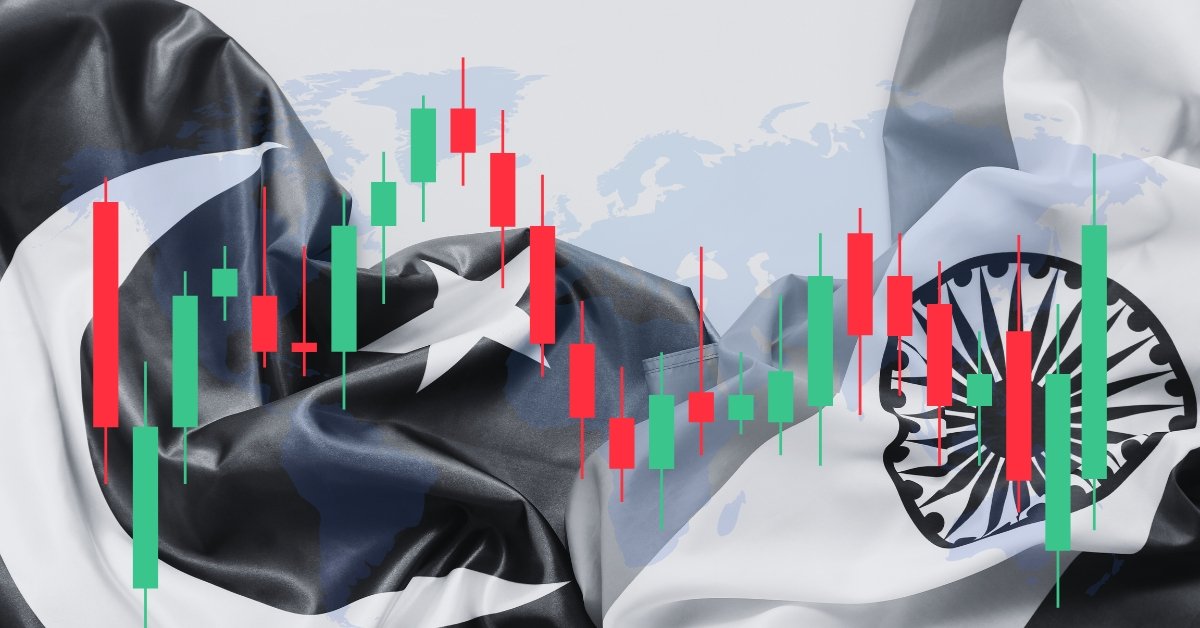Explore the impact of Trump’s 50% tariffs on Indian YouTubers, bloggers, gamers, and Google AdSense users.
Table Of Contents
With U.S. President Donald Trump’s 50% tariffs on Indian exports making headlines, many Indian YouTubers, bloggers, gamers, and people who rely on Google AdSense are worried about their work.
There are also questions about whether these tariffs could spread to digital products in the future.
This blog post explains everything.
It covers the current impacts and possible future risks, especially for YouTubers.
The Story Behind The Tariffs
President Trump added 50% tariffs on Indian goods sent to the U.S., doubling the old 25% tax.
It started in August 2025 because India keeps buying oil from Russia.
The tariffs target real items like clothes, shoes, gems, jewelry, chemicals, and car parts.
Exports to the U.S. might drop by 40-50%, which could slow India’s economy by 0.3-0.9%.
India is talking to the U.S. and finding new markets, but changes could affect everyone.
These tariffs are only for physical things right now. Digital work, like videos, blogs, or online ads, has not hit yet.
This is good news for India’s online creators on platforms like YouTube and Google AdSense.
However, the rules could change to include digital products later.
Direct Effects On Creators: Mostly Safe For Now
If you make YouTube videos, write blogs, play games online, or earn from Google AdSense, you are mostly okay.
Tariffs do not affect digital work.
Your ad money, brand deals, and fan gifts are not considered goods, so there are no extra taxes or stops.
Pure digital services, like cloud software, online subscriptions, or video streams, are exempt because of a World Trade Organization rule that lasts until March 2026.
Google AdSense earnings, often in dollars, keep coming without changes.
However, watch for other platform updates. YouTube changed its rules on July 15, 2025, to stop paying for low-quality or repeated content.
It wants original videos.
This affects all creators, not just Indians, and is not linked to tariffs.
Other Effects: Good And Bad Sides
Tariffs do not hit creators directly, but they can change things around you.
Here is what to expect now:
1. Slower Economy And Ads In India
Lower exports could make Indian companies spend less on ads.
Creators focused on Indian audiences, like Hindi videos or local games, might see ad money drop by 5-10% or lose brand deals.
Gamers tied to clothing or jewelry brands could face fewer jobs.
Tip: Reach people worldwide. Most ad money (70-80%) comes from outside India.
2. Weaker Rupee Helps Dollar Earners
The rupee might fall 2-5% in value.
If you earn dollars from AdSense, you get more rupees after changing it.
For example, $1,000 is worth more in India.
3. Brand Deals And Tool Costs
World brands, like U.S. game companies, are safe since tariffs skip services.
However, if India adds taxes on U.S. items in response, tools like cameras or computers could cost 10-20% more.
Most tools come from China or Taiwan so that the problem might be small.
4. Digital World Stays Strong
India’s tech jobs link only 9% to the U.S. and are safe from tariffs.
Google has not changed the rules for Indians.
Broader effects could raise household costs by about $1,300 on average due to higher prices.
Here is a simple table for current effects:
| Category | Effect | Why |
|---|---|---|
| Direct Tariff Hit | None | Only for physical goods. |
| Ad Money (Local) | Small drop (5-10%) | Less spending in India. |
| Ad Money (Global) | Same or better | Rupee drop helps. |
| Brand Deals | Small drop for local ones | Hurt sectors cut spending. |
| Tool Costs | Maybe a small rise | If India adds taxes. |
| Platform Changes | Not from tariffs, but watch | YouTube wants better content. |
Possible Future Tariffs On Digital Products: What Could Happen?
There are chances Trump could add tariffs to digital products, though it is not easy or happening now.
Tariffs usually cover physical goods, but digital items like software or online services might get hit in these ways:
Why It Could Happen
- Fight Against Digital Taxes: Countries like India tax U.S. tech firms 2% on digital services. Trump has hit back at places like Canada with extra tariffs and could do the same to India if talks fail. This might spread to digital imports.
- End of World Rules: The ban on digital duties ends in March 2026. If not renewed, the U.S. could tax software downloads or online transfers.
- Wider Trade Fights: Trump uses laws to add tariffs on unfair trade. He already plans 100% taxes on foreign computer chips, with breaks for U.S.-made ones. If tensions rise, this could expand to include digital tools.
- Physical Digital Items: Software on discs or drives can already face 10-46% tariffs based on where it comes from.
The short-term chance is low, as the focus is on real goods.
However, the medium-term risk is higher if rules change or fights grow.
How It Could Affect YouTubers And Other Creators
YouTubers and similar creators work digitally, so content like videos is safe.
But risks include:
- Higher Tool Costs: Tariffs on tech like cameras, editing software, or chips could raise prices by 10-20%. Indian YouTubers might pay more if India fights back.
- Ad Money Changes: If digital tariffs hit Google, ad rates might drop. Global ad spending could fall by billions, hurting sponsorships. Local Indian YouTubers could lose 5-10% more.
- Merch and Extras: Selling physical merchandise through online stores might result in duties. If rules change, digital downloads could also be taxed.
- Good Side: A weaker rupee from fights could still help dollar earners.
- Long-Term Issues: Slower tech growth might limit tools like AI for videos. Trade wars could add to costs and slow innovation.
For YouTubers specifically, gaming or tech channels might feel equipment hikes first.
Those with global fans are safer than local ones.
Advice: How To Do Well
Here are easy steps to prepare:
- Reach More Countries: Use different languages and team up with others.
- Make Good Content: Follow YouTube’s rules for original work.
- Plan Your Money: Use rupee changes and try other earnings like fan support or selling links.
- To stay current, check news from India’s trade office, Google, and U.S. trade groups. Also, watch for World Trade Organization updates.
- Diversify Tools: Buy local or from safe countries to avoid cost jumps.
Online work is tough but flexible.
Indian creators are good at adapting.
These tariffs hurt traditional trade but highlight digital strengths.
If digital tariffs come, focus on non-physical work to stay safe.
What do you think?
How are you getting ready?
Tell us in the comments!




